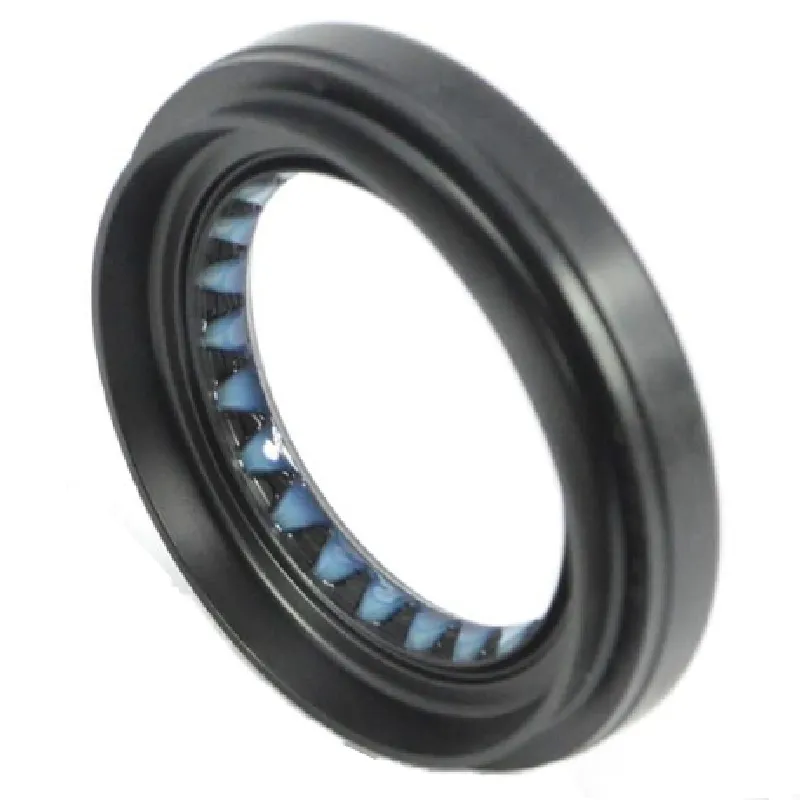rudder shaft bearing
Understanding Rudder Shaft Bearings A Key Component in Marine Engineering
In the maritime industry, the rudder shaft bearing plays a crucial role in ensuring the smooth and efficient operation of a vessel’s steering mechanism. These bearings are integral components that support the rudder shaft, allowing it to pivot smoothly as required for navigation. Understanding the function, types, materials, and maintenance of rudder shaft bearings is essential for marine engineers, boat builders, and vessel operators alike.
Function of Rudder Shaft Bearings
The primary function of a rudder shaft bearing is to provide support and guidance for the rudder shaft as it operates. This component is subjected to significant loads generated by water pressure and maneuvering forces. A well-functioning rudder shaft bearing minimizes friction and wear, ensuring that the rudder can move freely and accurately when the captain commands a change in heading. Additionally, these bearings contribute to the overall structural integrity of the rudder assembly, helping to absorb shocks and vibrations that can arise during navigation.
Types of Rudder Shaft Bearings
Rudder shaft bearings can be categorized into several types, each tailored to specific operational needs and environmental conditions. Common types include
1. Bush Bearings Typically made from materials such as bronze or composite materials, bush bearings allow for a smooth pivoting action. Their design effectively distributes loads along the shaft, reducing wear.
2. Roller Bearings These bearings use rolling elements to minimize friction. They are ideal for high-load scenarios, where they can effectively manage the forces exerted on the rudder.
3. Full-Floating Bearings This type allows for axial movement, which can be beneficial in situations where temperature fluctuations might cause expansion and contraction of the shaft.
4. Self-lubricating Bearings These are engineered to reduce the need for regular maintenance. They incorporate materials that allow for self-lubrication, which can be advantageous in remote or hard-to-access locations.
Material Considerations
rudder shaft bearing

The materials used in rudder shaft bearings are critical to their performance and longevity. Common materials include
- Bronze Known for its corrosion resistance and durability, bronze is widely used in marine environments. It offers excellent wear resistance and can handle heavy loads.
- Composite Materials These materials combine the benefits of low friction and high resistance to wear while being lighter than traditional metals.
- Stainless Steel Although not always the first choice due to potential corrosion issues, when properly alloyed and treated, stainless steel can provide adequate support in certain applications.
- Plastics and Polymers In some modern applications, advanced plastics and polymers are used for their low friction characteristics and resistance to corrosion.
Maintenance and Inspection
Proper maintenance and regular inspection of rudder shaft bearings are crucial for ensuring their efficient operation and longevity. Regular checks should include
- Observing for any signs of wear or damage. - Inspecting lubrication levels, especially in non-self-lubricating bearings. - Checking for alignment issues that could lead to increased wear. - Monitoring the temperature of the bearings during operation, as excessive heat could indicate friction problems.
Conclusion
Rudder shaft bearings are a vital component of marine engineering, influencing the steering efficiency and safety of vessels. By understanding their function, the different types available, and the materials used, marine professionals can make informed decisions for their selection, maintenance, and replacement. A focus on optimal performance and regular care can greatly enhance the reliability and service life of these essential components, ensuring that vessels navigate safely and effectively through the waters. As technology advances, continued innovation in the design and materials of rudder shaft bearings will likely lead to even more efficient and durable solutions for the marine industry.
-
Understanding the Front Main Engine Seal: Purpose, Maintenance, and Installation
News Jul.29,2025
-
Understanding O-Rings and Seal Rings: Types, Applications, and Custom Solutions
News Jul.29,2025
-
Understanding Crankshaft Oil Seals: Rear Seals, Pulley Seals, and Their Role in Engine Integrity
News Jul.29,2025
-
The Importance of Front and Rear Crankshaft Seals in Engine Performance and Oil Management
News Jul.29,2025
-
Crank Oil Seals: Functions, Types, and Cost Considerations in Engine Maintenance
News Jul.29,2025
-
A Comprehensive Guide to O-Rings and Seals: Types, Materials, and Global Applications
News Jul.29,2025
-
Mastering Diesel and Performance Engine Maintenance: A Guide to Critical Oil Gaskets
News Jul.28,2025
Products categories















